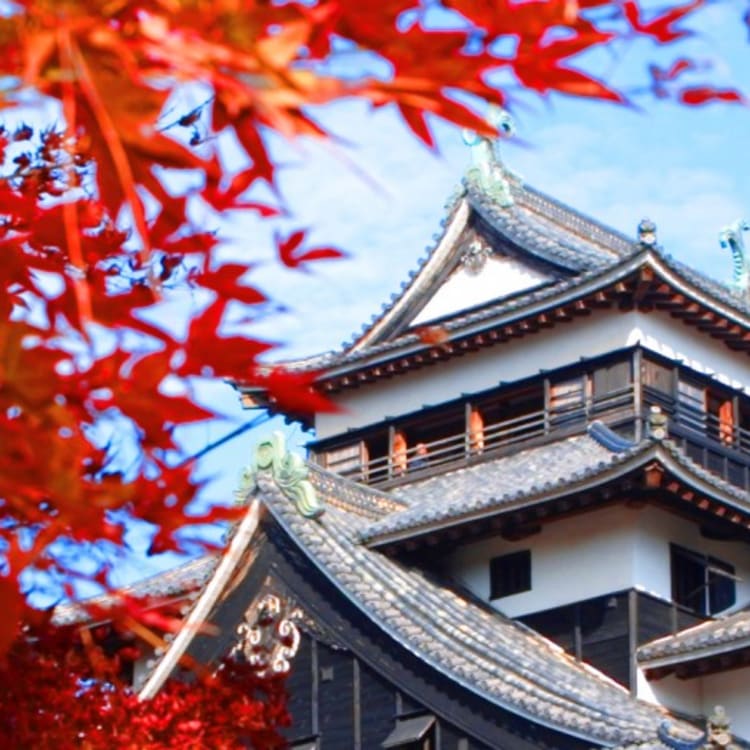
History & Culture of Koyo
Koyo History
When autumn deepens, Japan is draped in a symphony of red and yellow hues from the fields and mountains to the cities. Known as momijigari, taking outings to appreciate the beauty of this natural phenomenon is a custom that dates back to the Heian period in the 8th century.
Like hanami (cherry blossom viewing) in spring, momijigari was first popular among the court aristocracy that resided in Kyoto. While these nobles had cherry trees growing in their private gardens to admire in spring, there were no trees from which to admire autumn colours. They embarked on excursions to the mountains to seek out the coloured leaves and composed music and poetry using koyo as the backdrop. References to momijigari can be found in notable works of art including the Kokin Wakashu poetry collection and ‘The Tale of Genji’, a literary classic. The custom eventually spread to commoners and became widely popular by the mid-18th century.
It is said that there is a religious significance surrounding koyo in ancient Japan where Shinto beliefs held that spirits inhabited nature, from the water to the trees. The mysterious transformation of leaves inspired awe and reverence among people and eventually, just like tea making, a proper ritual emerged for appreciating koyo. For the Japanese, koyo is not just a visual spectacle but an opportunity for quiet contemplation and reflection.
Culture
The excitement and reverence surrounding autumn leaves runs deep in Japanese culture.
It is present in the language. The delicate hands of a baby can be described as “hands like tiny maple leaves”. To become red-faced in embarrassment is to “scatter autumn leaves”.
It is on the menu. Momiji tempura is a delicious treat where fresh maple leaves are salted or sugared and then fried in tempura batter.
It has inspired the patterns and designs of kimonos and yukatas that are commonly worn during autumn.
It is used as a common visual motif. Maple leaves are often combined with a deer in paintings and other art forms to express the idea of a good pairing. Autumn colours are also used for decorative purposes in everything from hand fans and chopsticks to room dividers.
There are several public holidays in autumn that allow locals to fully embrace momijigari by travelling to the best viewing spots around the country.



















































